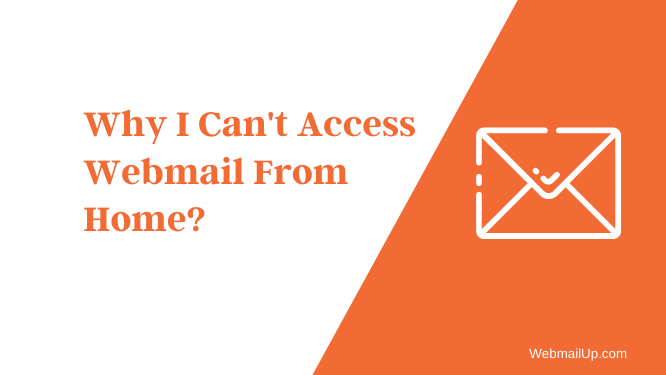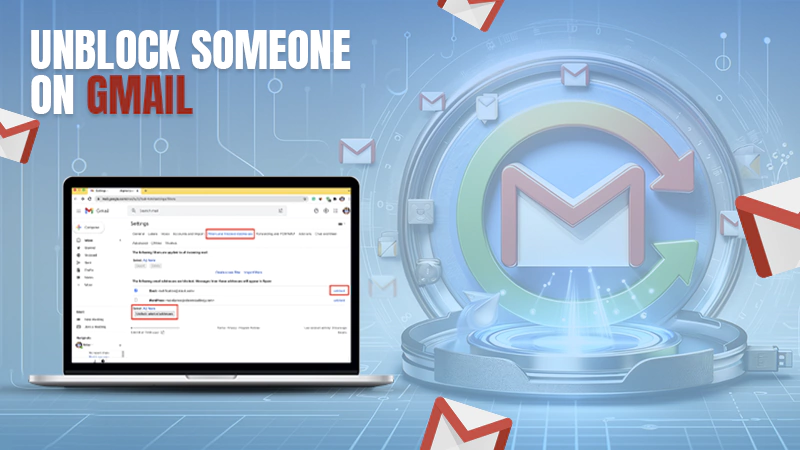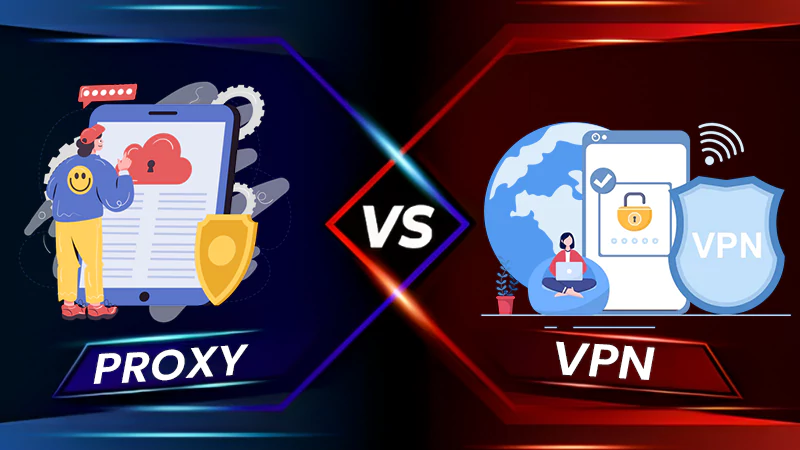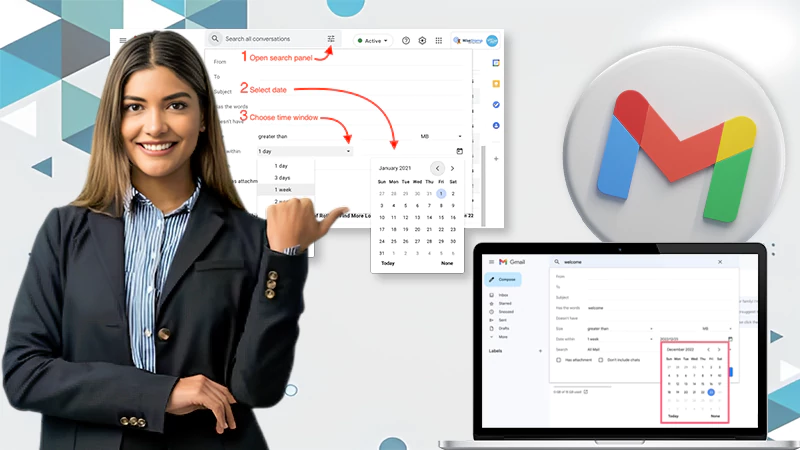Why I Can’t Access Webmail From Home?
This article discusses the reasons why you might not be able to access webmail from home and provides you with some tips to help fix the problem.
Why I Can’t Access Webmail From Home?
If you can’t access your webmail account from home or office, then it might be caused by some network issues or firewall settings in your home/office.

You should check the following things and steps to fix them:
Due to Firewalls
Due to firewalls, you may be blocked from accessing webmail. When you are at work or home, your IP address is a unique number that identifies your connection to the Internet. Without going into the technical details, this identification number means that your connection is being monitored by your network administrator or your Internet service provider’s (ISP) firewall.
The problem with webmail is that it must send and receive email through the Internet. Since it travels over a direct connection, it uses your IP address to send and receive, which is blocked by the firewall.
SMTP Configuration
Most SMTP servers are configured to only allow webmail access from the IP address of the provider, which is where the email is sent. Since you’re at home, most of your traffic to your webmail provider will be coming from your local IP address (which happens to be a dynamic one).
Since the SMTP server is configured to only allow webmail access from your provider IP address, you won’t be allowed access to your webmail from home.
IMAP Port Issue
You need to make sure that your host is not blocking the port used for IMAP. If you are using a public ISP, then you can try using a VPN or proxy to log in to your webmail.
Computer Issue
It is possible that the computer you are trying to access your webmail from does not have the necessary firewall ports open for secure access to work. It may also be that your browser or computer is infected with a virus, adware, or spyware that is blocking the connection.
The first thing you can try is to use your third-party firewall and make sure it is not blocking the program. If that does not work, then you can use port checking software to check which ports are blocked and where. From the list that you generate, you can then open the ports you need.
Internet Issue
Most home internet connections are not fast enough to allow you to read and send e-mails when away from the office. It is also possible that your home computer is linked to a proxy server and is therefore unable to access your company’s webmail server.
The solution is to use your work computer to access webmail when you are at home, or to set up a proxy server at home that is linked to your work computer’s proxy server. It’s not a good idea to use a dial-up connection to access Webmail. The reason is that most dial-up connections are too slow to render pages quickly enough to work well with Webmail. A broadband connection is much faster and is, therefore, a better way to connect to Webmail.
PORT Issue
Your corporate network admin might have blocked the port associated with webmail. So you’ll have to ask him to unblock it.
Your firewall might have been blocking the port associated with webmail. Make sure port 80 which is the default port for webmail is open.
Corporate Server Issue
Your corporate proxy server might be restricting access to webmail. In that case, you’ll have to ask your network admin to configure the proxy server. If you couldn’t access your Webmail from home, it can be a cause of concern, but now you know the possible causes behind it. Try restarting your computer and your Webmail should work fine.
In conclusion, the main reason why you can’t access webmail from home is that you are using an ISP that has blocked it. It’s important to check with your ISP to see if they have blocked your webmail. If they have, they may be able to unblock it for you. You can also try to contact your webmail provider and ask them to unblock it.








